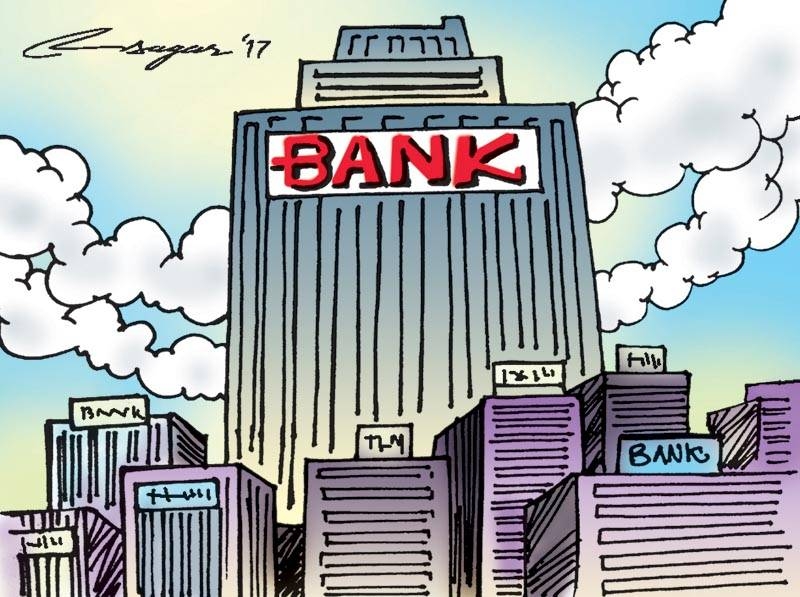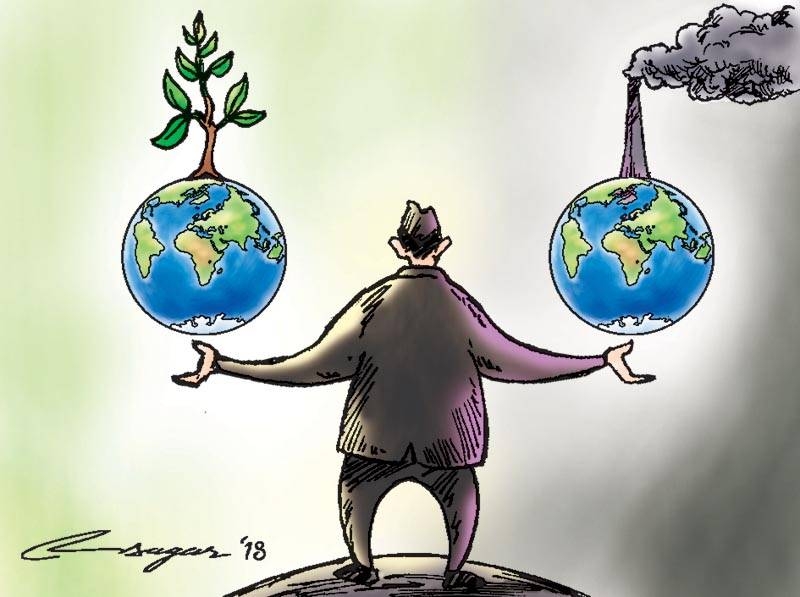EDITORIAL - Energy for all
ByPublished: 10:59 am Sep 22, 2021
Nepal has unveiled its roadmap for achieving Sustainable Development Goal 7 (SDG7) by 2030, which aims to ensure access to affordable, reliable, sustainable and modern energy for all. The roadmap also envisages increasing the amount of renewable energy by gradually cutting down on the use of fossil fuel and enhancing energy efficiency. The roadmap was prepared with support from the United Nations Economic and Social Commission for Asia and the Pacific (UNESCAP). SDG 7 is one of 17 Sustainable Development Goals initiated by the United Nations General Assembly in 2015, which are the UN's blueprint for a more sustainable future for all as environmental degradation, sustainability, climate change and water security pose big challenges to people's very survival. The roadmap should help in ensuring sustained economic growth while responding to increasing energy demand and reducing emissions.
Energy is the backbone of economic growth and social equity. It touches all aspects of our lives – education, health, business, security, food production and job creation. However, not everyone has access to modern energy services even in this 21st century, which calls for expanding energy access if SDG 7 is to be met by the end of this decade. But then energy supply, largely produced by burning fossil fuel, is the major contributor to global gas emissions, accounting for more than 60 per cent. Although the production of renewable energy has been increasing over the decades, it is far from adequate to reach the 85 per cent level by 2050 if we are to avoid the worst impacts of climate change. It is thus in everyone's interest to have a thriving economy that works for both people and the planet. For this, it is crucial to enhance energy efficiency and to invest in energy from renewable resources, namely, wind, water, biomass and geothermal energy, which are clean and inexhaustible.
Given the progress that Nepal has been making on the energy front in recent years, the country should not have much difficulty achieving SDG 7 by 2030.
Some 93 per cent of the country's population already has access to electricity, nearly all of which is produced by hydropower plants, while 1.5 million households use improved cooking stoves and another 500,000 households biogas plants for cooking. For a country that was used to long hours of power outages daily in the country, Nepal is actually seeing 200 MW go to waste daily. With more power coming from private hydropower projects in the immediate future, Nepal Electricity Authority will have a hard time using all of the surplus energy. Nepal has been promoting electric vehicles, and preparations are being made to introduce electric buses in the public transportation system. While Nepal seems to be on the right track in expanding clean energy supply and use, they are far from adequate. Nepal's per capita electricity consumption stands at just 260 KWh, which is less than a third of that of India and about 5 per cent of that of China. Thus, Nepal must expedite the passage of the new Electricity bill in the parliament and draft the renewable energy and energy efficiency bills as early as possible to help achieve universal energy access and improve per capita consumption.
Repair access road
The government has already started reconstructing the access road to the Melamchi Water Supply Project that had been damaged due to heavy rains and debris flow on June 15. A track has been opened along the 14-km stretch of the 22-km road from Melamchi Bridge to Ambathan, where the headworks are located. Three bridges were swept away by the floods and debris flow in the Melamchi River. The concerned authorities have yet to assess the exact damage to the national pride project due to the natural disaster though an initial estimates hover at around Rs 1 billion. It is impossible to work on the headworks area without building the access road.
The government has said it would take six months to repair the damaged section of the project before water from it can reach the Valley. As this is a national pride project and the government has already spent so many years and billions of rupees, the access road to the project site should be rebuilt quickly so that the damaged headworks can be repaired at the earliest.
At the same time, the concerned agency should carry out a thorough study about the geological condition upstream of the project so that further damage to the project can be minimised. A version of this article appears in the print on September 22 2021, of The Himalayan Times.



